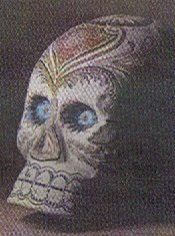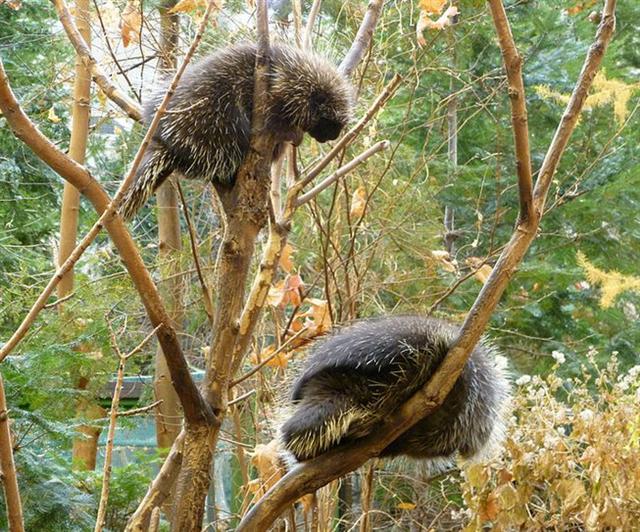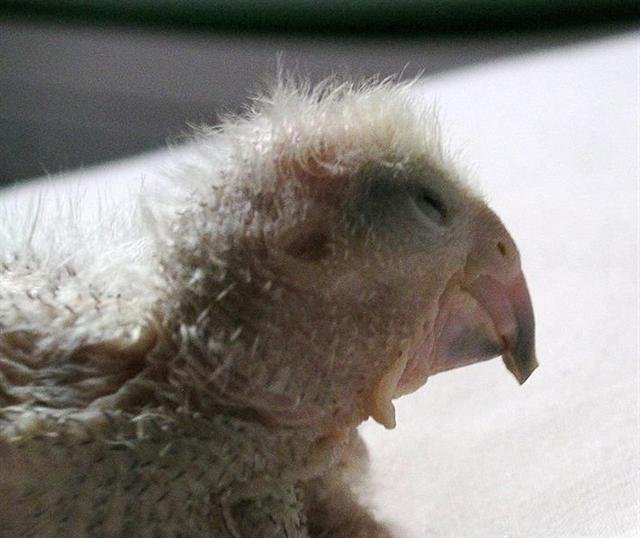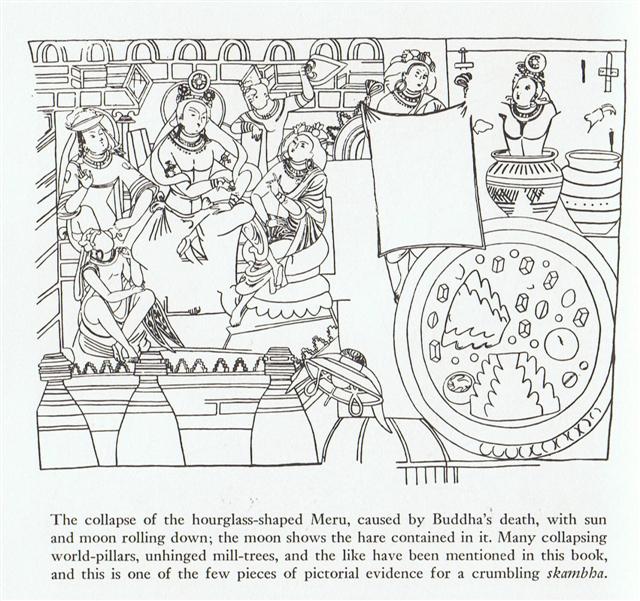However, Barthel has given us clues as to the nature of the buried rat - he hakatopa i te kioe.ki raro ki te rua.he hakarere. [E: 4] ... Another year passed, and a man by the name of Ure Honu went to work in his banana plantation. He went and came to the last part, to the 'head' (i.e., the upper part of the banana plantation), to the end of the banana plantation. The sun was standing just right for Ure Honu to clean out the weeds from the banana plantation. On the first day he hoed the weeds. That went on all day, and then evening came. Suddenly a rat came from the middle of the banana plantation. Ure Honu saw it and ran after it. But it disappeared and he could not catch it. On the second day of hoeing, the same thing happened with the rat. It ran away, and he could not catch it. On the third day, he reached the 'head' of the bananas and finished the work in the plantation. Again the rat ran away, and Ure Honu followed it. It ran and slipped into the hole of a stone. He poked after it, lifted up the stone, and saw that the skull was (in the hole) of the stone. (The rat was) a spirit of the skull (he kuhane o te puoko). Ure Honu was amazed and said, 'How beautiful you are! In the head of the new bananas is a skull, painted with yellow root and with a strip of barkcloth around it.' Ure Honu stayed for a while, (then) he went away and covered the roof of his house in Vai Matā. It was a new house. He took the very large skull, which he had found at the head of the banana plantation, and hung it up in the new house. He tied it up in the framework of the roof (hahanga) and left it hanging there ... (The Eighth Island, pp. 220-221) The 'rat' has here been described as a projection from the great skull which had been buried in a hole in the ground the previous year - the rat was the 'dream soul' emerging from the head of the dead Hotu A Matua.
Perhaps this 'rat' corresponded to the first season of the Chinese year, viz. to that of Aquarius:
... In the present context 'mouth' has an additional connotation, given that it refers in part to Heart of Earth, the deity called 'Mundo' today. This is the great Mesoamerican earth deity, the ultimate swallower of all living beings, depicted in Classic Mayan art (in the Palenque relief panels, for example) as an enormous pair of jaws upon whose lips even the feet of great lords must rest in precarious balance, and into whose throat even great lords must fall. Turning to the contemporary scene, daykeepers who visit the main cave beneath the ruins of Rotten Cane, the last Quiché capital, speak of the danger of falling into 'the open mouth of the Mundo' there, which is said to be more than four yards wide ... ... A crack opened up in the ground, and the Rat was put down into the pit, to rest there - he hakatopa i te kioe.ki raro ki te rua.he hakarere ... [E: 4] In China the 'Rat' was thought of as a wet (and therefore dark and cold) season - a time for the whispering spirits we can conclude. ... It was a symbol of the emperor Tchoun Hin, in whose reign was a great deluge; but after the Jesuits came in it became Paou Ping, the Precious Vase ...
At top right, above the encircled crumbling 'earth mountain', we can see a figure (number 7 counted from bottom left) significantly without arms, immersed in what could be a 'precious vase' - a container for liquids.
|
|||||||||||||||||||||||||||||||||||||||||||||||||||||||||||||||||||||||||||||||||||||||||||||||||






.jpg)